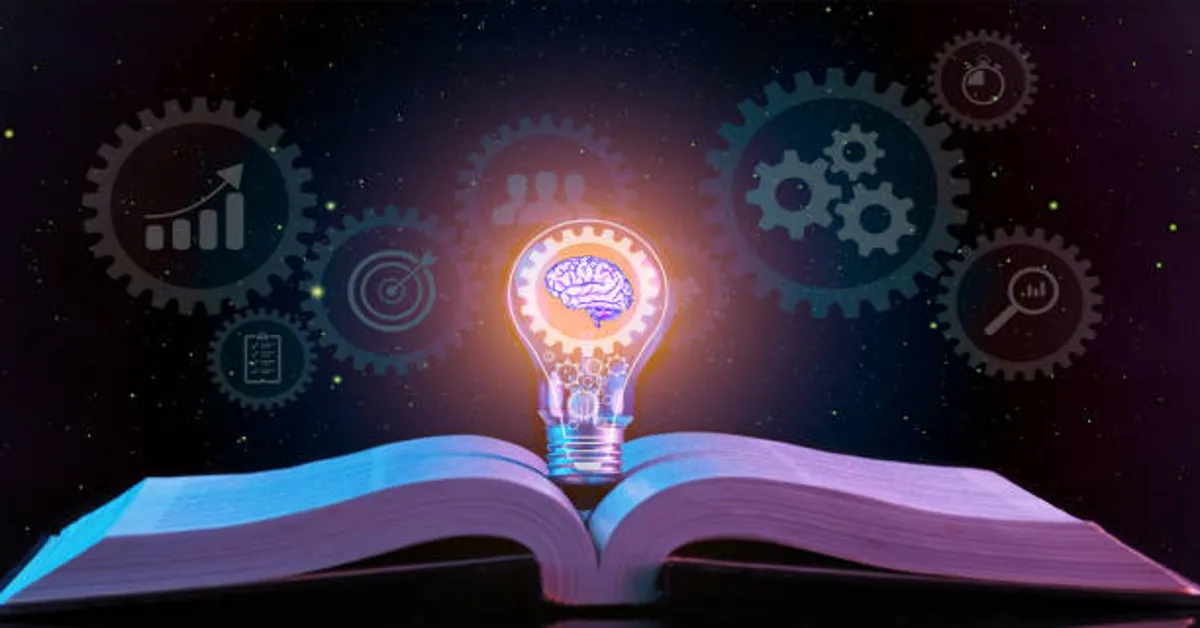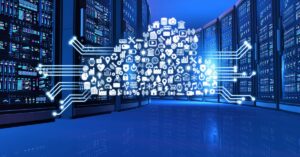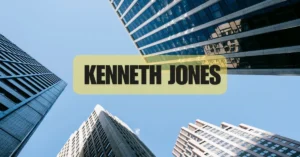In today’s fast-paced digital age, the pursuit of knowledge has become more accessible than ever before. Technology, internet connectivity, and the global shift toward open education have paved the way for platforms dedicated to democratizing learning. Among these, Gyanfree emerges as a powerful and meaningful concept. Combining two words—“Gyan”, meaning knowledge in Sanskrit and Hindi, and “Free”, signifying accessibility without cost—Gyanfree represents a growing movement towards making education open, barrier-free, and inclusive for everyone, regardless of social or economic background.
This article will explore the depth of what Gyanfree truly means, its significance in modern education, the platforms and initiatives aligned with this vision, the societal impact of free knowledge, and how individuals can both benefit from and contribute to the Gyanfree movement. Whether you’re a student, teacher, entrepreneur, or lifelong learner, understanding Gyanfree can be a gateway to transformation and empowerment.
Understanding the Concept of Gyanfree
To understand Gyanfree, it is essential to break down its meaning. “Gyan” (ज्ञान) is a Sanskrit word that means knowledge, wisdom, or awareness. Traditionally, gyan has held a sacred position in Indian and many Eastern philosophies, where acquiring knowledge was not just about academic learning but also about personal and spiritual development.
The second part of the term—”free”—signifies liberty in two primary contexts: cost and access. When we say “free” knowledge, it refers not only to education that is freely available without a price tag but also knowledge that is free from restrictions, censorship, or exclusivity.
Therefore, Gyanfree stands for a world where knowledge is made freely available and openly accessible to all, regardless of geography, income, status, or ability. It promotes the belief that education is a right, not a privilege, and that learning should be shared generously.
The Evolution of Free Knowledge
To appreciate the value of Gyanfree, it’s important to look at the broader evolution of free knowledge over the centuries.
Historically, knowledge was a limited resource. It was preserved in scrolls, manuscripts, and books, often locked away in temples, monasteries, or institutions that only elites could access. Even in modern educational systems, until recently, access to higher education and specialized knowledge was confined to those who could afford tuition, relocate, or had the right connections.
However, the rise of the digital revolution changed everything. With the internet, information became decentralized. Libraries went online, universities started offering open courses, and digital platforms began to provide free tutorials, articles, e-books, and more. The birth of open-source learning, MOOCs (Massive Open Online Courses), and collaborative educational tools meant that learning was no longer limited to classrooms. Gyanfree, as a philosophy and practical initiative, grew organically from this digital awakening.
Why Gyanfree Matters in Today’s World
In a world plagued by rising inequality, unemployment, misinformation, and rapid technological change, Gyanfree has a powerful role to play:
1. Equal Access to Opportunities
One of the biggest challenges across the globe is educational inequality. Children and adults in rural or economically disadvantaged areas often don’t have access to quality education. Gyanfree levels the playing field by offering educational resources that anyone with an internet connection can access.
2. Empowering the Underserved
For many marginalized communities, traditional educational systems are neither reachable nor affordable. Gyanfree initiatives help bridge this gap by offering vocational training, digital literacy, and even mental health resources to individuals who otherwise may be left behind.
3. Boosting Lifelong Learning
In a constantly evolving job market, learning new skills isn’t optional—it’s necessary. Gyanfree supports this by offering tutorials, workshops, and educational content in various fields like coding, marketing, language learning, business, arts, and more.
4. Fostering Creativity and Collaboration
Gyanfree platforms often operate on models that encourage peer learning, community-driven projects, and content sharing. This nurtures a collaborative environment where learners are also contributors, creating a cycle of mutual growth.
Types of Gyanfree Resources
There’s no one-size-fits-all when it comes to Gyanfree. The initiative encompasses a wide range of educational resources, each serving a unique purpose:
1. Online Courses and Tutorials
Platforms such as Khan Academy, edX, and Coursera offer free versions of their courses. These span academic subjects, soft skills, and industry-relevant certifications.
2. Open Educational Resources (OERs)
These include free eBooks, study materials, academic papers, lesson plans, and multimedia resources shared under open licenses that allow reuse and redistribution.
3. Community Forums and Peer Networks
Sites like Stack Overflow, Reddit’s educational communities, and Quora have democratized question-and-answer-based learning, where users help one another solve problems and build knowledge.
4. YouTube and Podcasts
Many educators, scientists, and subject-matter experts run channels or podcast series that cover complex topics in simplified formats, making them accessible to a global audience.
5. Local Gyanfree Initiatives
In some countries, governments and NGOs run mobile libraries, community learning centers, or radio-based education, especially targeting populations with limited internet access.
How to Make the Most of Gyanfree Platforms
For learners who wish to embrace Gyanfree to its fullest, here are some ways to extract the best value:
1. Set Clear Goals
Without a structured environment, it’s easy to get lost in a sea of information. Define what you want to learn—be it a new language, a technical skill, or a hobby—and stick to a roadmap.
2. Curate Reliable Sources
With so much content available for free, quality can vary. Stick to sources with good reviews, peer validation, and content created by qualified professionals.
3. Engage in Communities
Join discussion forums, study groups, or online communities related to your interests. Learning is more effective when it’s social.
4. Document and Practice
Reading and watching tutorials isn’t enough. Take notes, apply what you learn in real-life scenarios, and try teaching others to reinforce your understanding.
5. Give Back
Become part of the cycle. If you’ve learned something valuable, consider mentoring others, creating your own tutorials, or translating content for local languages.
Gyanfree and Personal Development
Beyond academics and career, Gyanfree can also serve as a tool for personal transformation. Here’s how:
1. Self-Awareness and Mindfulness
Many free resources focus on self-help, meditation, and psychological well-being, helping individuals better understand themselves and manage stress and anxiety.
2. Critical Thinking
Access to diverse viewpoints and educational resources allows individuals to build critical thinking and analytical skills, which are crucial in navigating misinformation and societal pressures.
3. Confidence and Communication
Participating in discussions, sharing insights, and engaging with global learners can improve self-confidence and articulation skills.
Challenges to the Gyanfree Movement
While the potential is immense, Gyanfree is not without its challenges:
1. Digital Divide
Many still lack access to reliable internet, digital devices, or even electricity. Without addressing infrastructure gaps, Gyanfree will remain out of reach for many.
2. Language Barriers
A lot of free educational content is available primarily in English or a few major languages. There’s a growing need for multilingual content to truly be inclusive.
3. Lack of Recognition
Despite acquiring high-quality knowledge, learners from free platforms often face difficulties in getting formal recognition or certificates that employers value.
4. Quality Control
Not all free resources are accurate or well-produced. There’s a risk of spreading misinformation if content isn’t moderated or peer-reviewed.
Future of Gyanfree: What Lies Ahead?
The journey of Gyanfree has only just begun. Here are some future directions and possibilities:
1. Integration with AI and Personalized Learning
AI-powered tools will increasingly tailor learning experiences to individual needs, making Gyan free even more efficient and effective.
2. Blockchain for Credentialing
With blockchain, learners can maintain a verified digital record of their skills and courses, even from free resources, thus gaining more credibility.
3. Gamification and Immersive Learning
Using VR, AR, and gamified modules, Gyan free can make education more engaging, especially for children and those with learning disabilities.
4. Local Empowerment and Decentralized Education
Micro-educational hubs and peer-learning groups will flourish, allowing knowledge to be shared in villages, towns, and underserved areas with minimal infrastructure.
Conclusion
Gyanfree is more than just a concept; it’s a revolution in how we view and share knowledge. It challenges traditional notions of privilege and authority in education and opens up doors for anyone with the will to learn. In a world driven by information and innovation, the power of free, accessible, and inclusive knowledge is a force for social change, economic growth, and personal transformation.
By supporting and engaging with Gyan free platforms, individuals and communities can uplift themselves and others. It’s not only about consuming knowledge but also about contributing to a global repository of wisdom that can shape the future.
Gyan free is a call to action—to learn, grow, and give back. Let us embrace it not just as a tool but as a philosophy, one that holds the promise of a more educated, equal, and enlightened world.
ALSO READ: Acknowledgement for Project Class 9 – A Detailed Guide with Tips and Formats
FAQs
1. What does Gyanfree mean?
Gyanfree is a term that combines “gyan” (meaning knowledge) and “free” (signifying costless and accessible), representing a movement for free and open access to knowledge for all.
2. How can I access Gyanfree resources?
You can access Gyanfree resources through free online courses, open educational repositories, community learning platforms, and educational YouTube channels or podcasts.
3. Who can benefit from Gyanfree?
Students, working professionals, lifelong learners, marginalized communities, and anyone seeking self-improvement or career growth can benefit from Gyanfree platforms.
4. Are Gyanfree certifications recognized?
While some platforms offer recognized certificates, many free resources focus on learning over certification. However, practical skills gained can still add value to your resume.
5. How can I contribute to the Gyanfree movement?
You can contribute by creating educational content, mentoring others, translating materials into local languages, or supporting communities with digital tools and resources.









